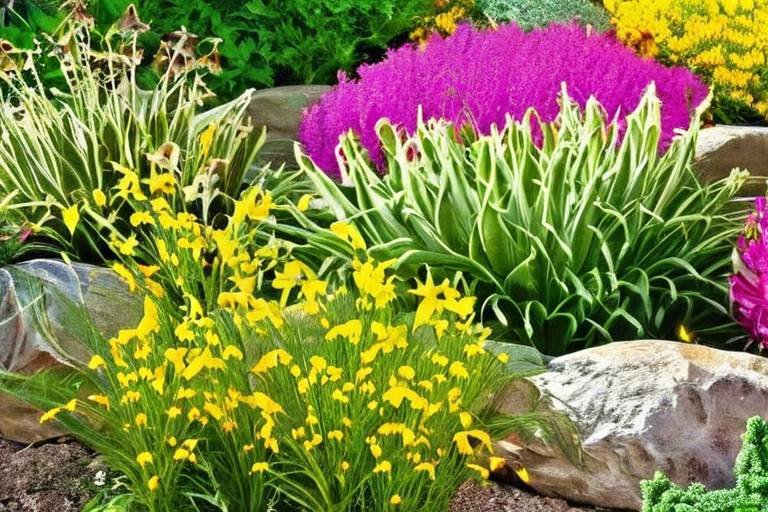How to Grow Herbs Indoors All Year Round
When it comes to cultivating herbs indoors, the possibilities are endless. Imagine having a vibrant herb garden right in your own home, providing fresh flavors and aromas all year round. Whether you're a seasoned gardener or just starting out, growing herbs indoors can be a rewarding and enjoyable experience. By following some simple tips and techniques, you can create a thriving indoor herb garden that will elevate your culinary creations to new heights.
One of the first steps in growing herbs indoors is selecting the right herbs for your space. Consider herbs that thrive in indoor environments, such as basil, mint, parsley, and chives. These herbs not only adapt well to indoor conditions but also offer a variety of flavors to enhance your dishes. Choose herbs that align with your culinary preferences and usage to make the most of your indoor garden.
Creating the ideal growing environment is crucial for the success of your indoor herb garden. Herbs require sufficient light, optimal temperature, and proper humidity to flourish. Consider placing your herbs near a sunny window or using grow lights to provide adequate light exposure. Maintaining a consistent temperature and humidity level will help your herbs thrive and grow vigorously throughout the year.
Choosing the right containers for your indoor herb garden is essential for proper growth and development. Select pots or containers that allow for adequate drainage to prevent waterlogging and root rot. Ensure that the containers are the appropriate size for the herbs you are growing, providing enough room for the roots to spread and grow. Consider using decorative pots or hanging containers to add a touch of greenery to your living space.
Watering and feeding your herbs correctly is key to their health and productivity. Establish a watering schedule based on the moisture needs of each herb, allowing the soil to dry out slightly between waterings. Use a balanced fertilizer to nourish your herbs and promote growth. Monitor the soil moisture levels regularly to prevent overwatering or underwatering, which can stress the herbs and affect their overall well-being.
Proper pruning and harvesting techniques are essential for maintaining the health and vigor of your indoor herbs. Regularly prune your herbs to encourage new growth and prevent them from becoming leggy. When harvesting, use sharp scissors or shears to avoid damaging the plants. Harvest your herbs frequently to promote continuous growth and enjoy fresh flavors in your culinary creations.
Managing pests and diseases is a common challenge when growing herbs indoors. Keep an eye out for common pests like aphids, spider mites, and whiteflies, and take prompt action to control infestations. Implement preventive measures such as regular inspection, proper ventilation, and natural remedies to keep pests at bay. If diseases occur, identify them early and treat them effectively to protect your indoor herb garden.
Rotating herb crops is essential for maintaining soil health and preventing nutrient depletion. Rotate your herbs regularly to avoid depleting the soil of specific nutrients and minimize the risk of pest and disease buildup. Consider planting different herb varieties in each rotation to diversify the nutrient requirements and promote overall soil fertility. Crop rotation will help you sustain a healthy and productive indoor herb garden over time.
Expanding your indoor herb garden offers endless possibilities for creativity and experimentation. Try growing new herb varieties to expand your culinary repertoire and enhance your dishes with unique flavors. Experiment with different growing techniques, such as hydroponics or vertical gardening, to maximize space and productivity. Embrace the joy of growing herbs indoors and let your creativity flourish in every harvest.
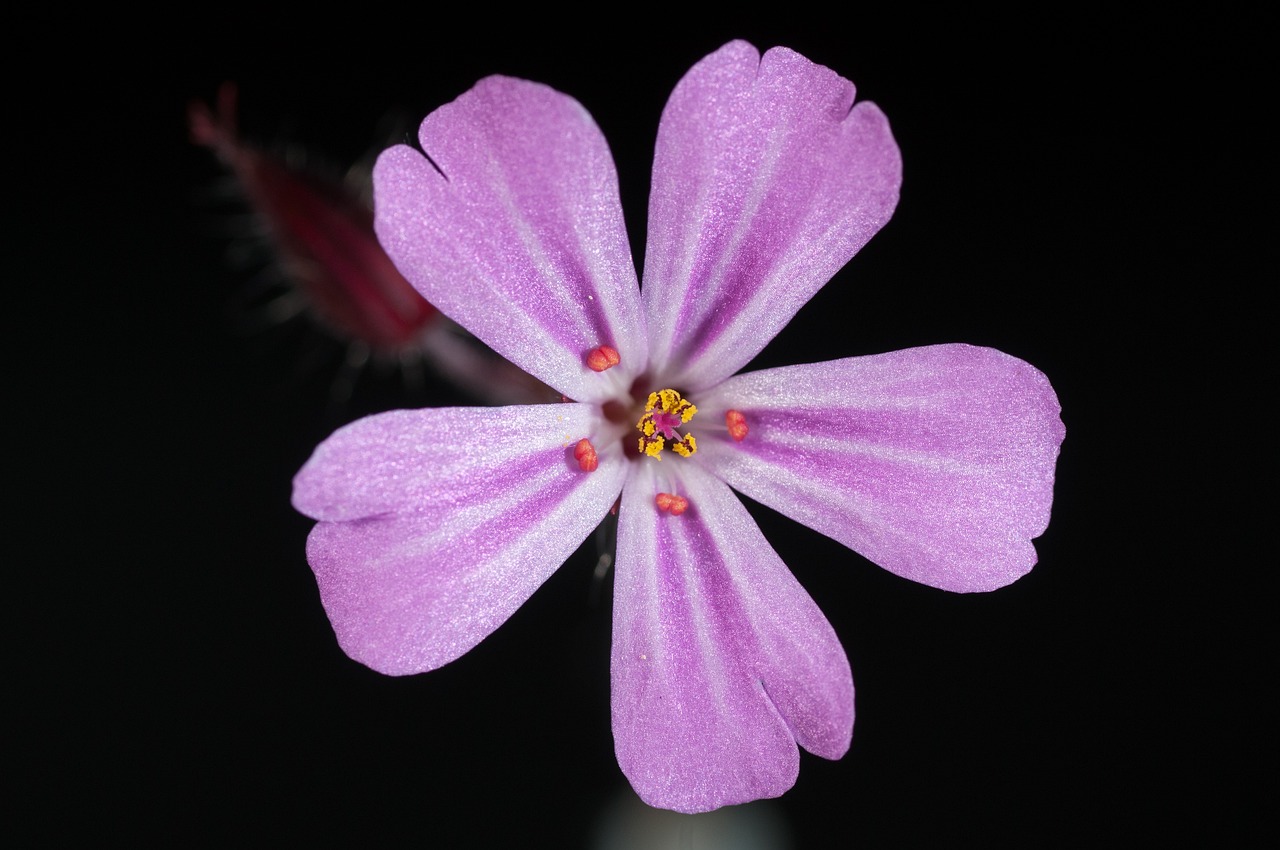
Choosing the Right Herbs
Tips and techniques for successfully cultivating herbs indoors throughout the year
Selecting herbs that thrive in indoor environments and suit your culinary needs
When it comes to choosing the right herbs for your indoor garden, it's essential to consider not only the herbs that will thrive in an indoor environment but also those that align with your culinary preferences. Some popular herbs that do well indoors include basil, mint, parsley, chives, and thyme. These herbs not only grow well indoors but also add a burst of fresh flavors to your dishes.
Before selecting your herbs, think about the dishes you love to cook. Are you a fan of Italian cuisine? Then basil and oregano might be perfect choices. Do you enjoy making refreshing beverages? Consider growing mint or lemon balm. By choosing herbs that you frequently use in your cooking, you can ensure that your indoor garden is both practical and enjoyable.
Additionally, think about the space you have available for your indoor herb garden. Some herbs, like rosemary and sage, can grow quite large, so make sure you have adequate room for them to flourish. If space is limited, opt for smaller herbs like thyme or cilantro that can thrive in compact containers.
Experimenting with different herb varieties can also add excitement to your indoor garden. Try growing unique herbs like lemongrass, stevia, or lavender to enhance the diversity of flavors in your culinary creations. Remember, the key to choosing the right herbs is to strike a balance between what grows well indoors and what you love to use in your kitchen.
Creating the perfect conditions for herbs to flourish indoors, including light, temperature, and humidity
Choosing suitable pots or containers for indoor herb gardening and ensuring proper drainage
Guidelines for watering frequency, fertilization, and maintaining optimal soil moisture levels
Proper methods for pruning herbs to promote growth and harvesting for culinary use
Identifying common pests and diseases that affect indoor herbs and implementing effective control measures
Understanding the importance of crop rotation to maintain soil health and prevent nutrient depletion
Tips for expanding your indoor herb garden and experimenting with new varieties to enhance your culinary creations
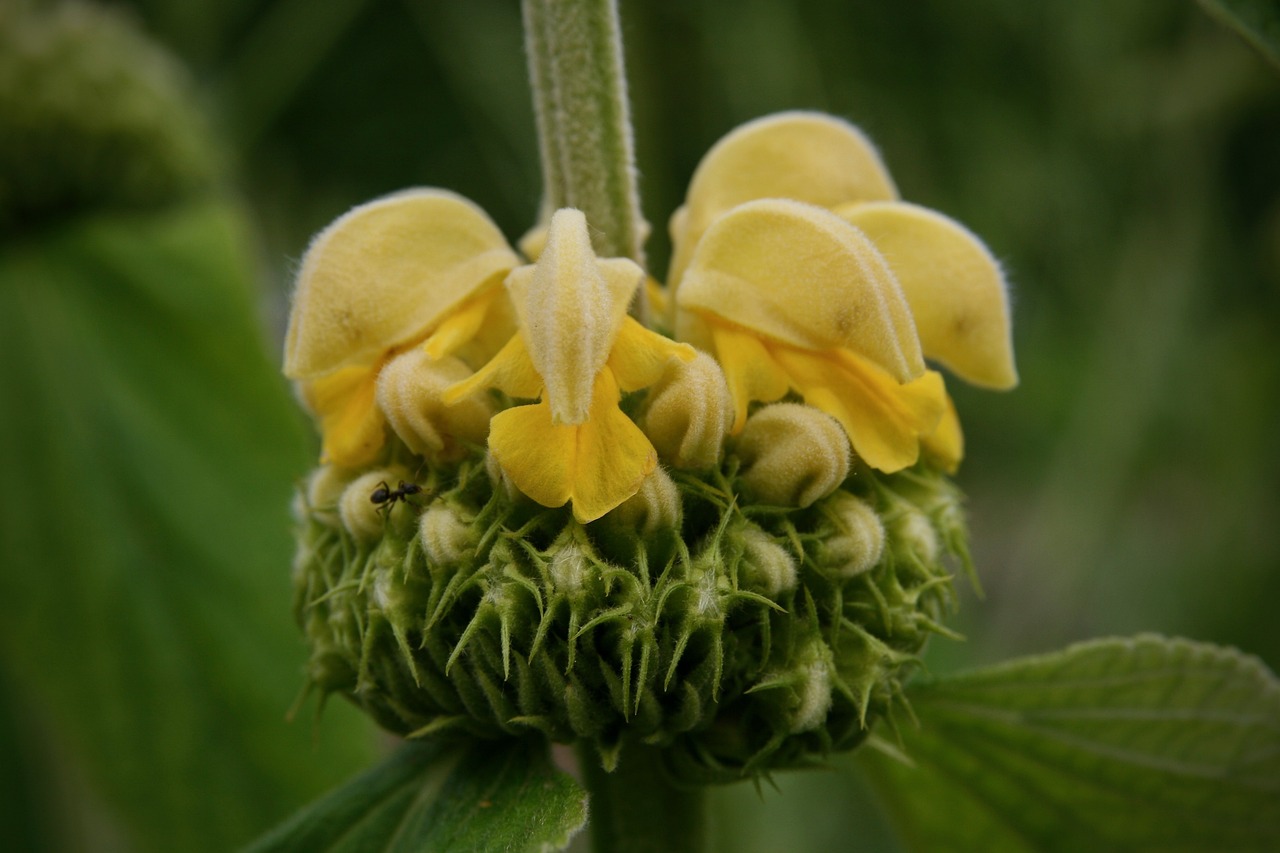
Setting Up the Ideal Growing Environment
Tips and techniques for successfully cultivating herbs indoors throughout the year
Creating the perfect conditions for herbs to flourish indoors, including light, temperature, and humidity
When it comes to setting up the ideal growing environment for your indoor herb garden, light, temperature, and humidity play crucial roles in the success of your plants. Herbs, just like us, have their preferences, and providing them with the right conditions can make all the difference in their growth and flavor.
First and foremost, light is key. Herbs generally require at least 6 hours of sunlight per day, so placing your indoor garden near a south-facing window or using grow lights can help mimic natural sunlight. Without adequate light, your herbs may become leggy and struggle to thrive.
Next, temperature is another important factor to consider. Most herbs prefer temperatures between 60-70°F (15-21°C) during the day and slightly cooler at night. Avoid placing your herbs near drafts or heat sources that can stress the plants.
Lastly, humidity levels can impact the health of your indoor herbs. Herbs generally prefer moderate humidity levels, so misting the plants occasionally or using a humidifier can help create a suitable environment for them to grow.
By paying attention to these factors and creating an optimal growing environment, you can ensure that your indoor herb garden thrives and provides you with a fresh supply of flavorful herbs all year round.
Have more questions about growing herbs indoors? Check out some common queries below:
- Can I grow herbs in a room with low natural light?
- How often should I water my indoor herbs?
- What are some common pests that affect indoor herbs?
While herbs prefer ample sunlight, you can supplement with grow lights in rooms with low natural light to help them thrive.
The frequency of watering can vary depending on the herb and environmental conditions. It's best to check the soil moisture level before watering to prevent overwatering.
Aphids, spider mites, and whiteflies are common pests that can infest indoor herbs. Regularly inspecting your plants can help you catch and treat pest problems early.
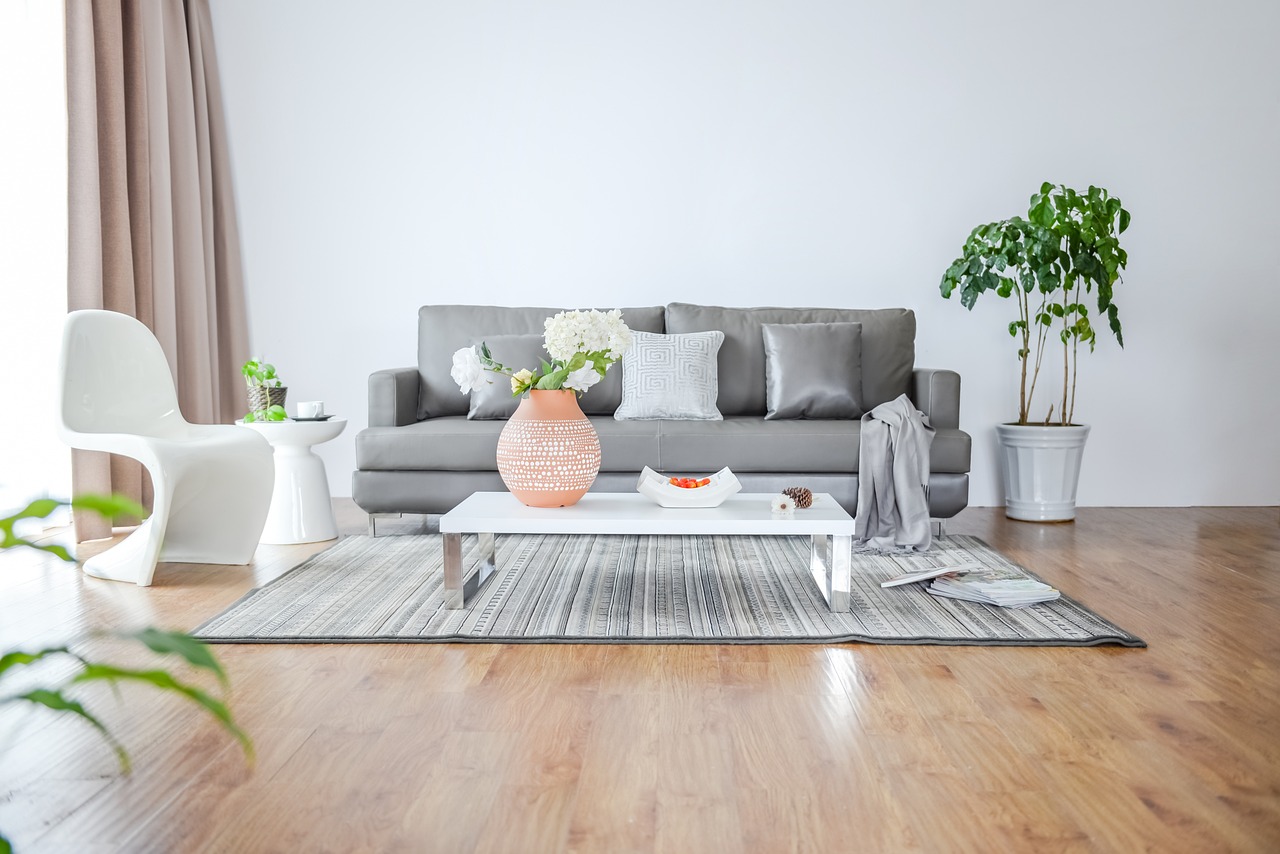
Selecting the Right Containers
Tips and techniques for successfully cultivating herbs indoors throughout the year.
When it comes to growing herbs indoors, selecting the right containers is crucial for their growth and development. The containers you choose play a significant role in providing the proper environment for your herbs to thrive. Consider the following factors when selecting containers:
- Size: Choose containers that are appropriate for the size of the herb. Larger herbs require bigger containers to allow their roots to spread and grow.
- Drainage: Ensure that the containers have drainage holes at the bottom to prevent waterlogging, which can lead to root rot.
- Material: Opt for porous materials like terracotta or ceramic that allow for proper air circulation and prevent water buildup.
Additionally, consider the aesthetic appeal of the containers as they can add a decorative touch to your indoor herb garden. Remember, the right containers can make a significant difference in the health and growth of your herbs.
1. Can I use recycled containers for growing herbs indoors?
2. How often should I repot my herbs into larger containers?
3. What are some creative container ideas for indoor herb gardening?
4. Is it necessary to sterilize containers before planting herbs?
5. Can I mix different herbs in the same container?
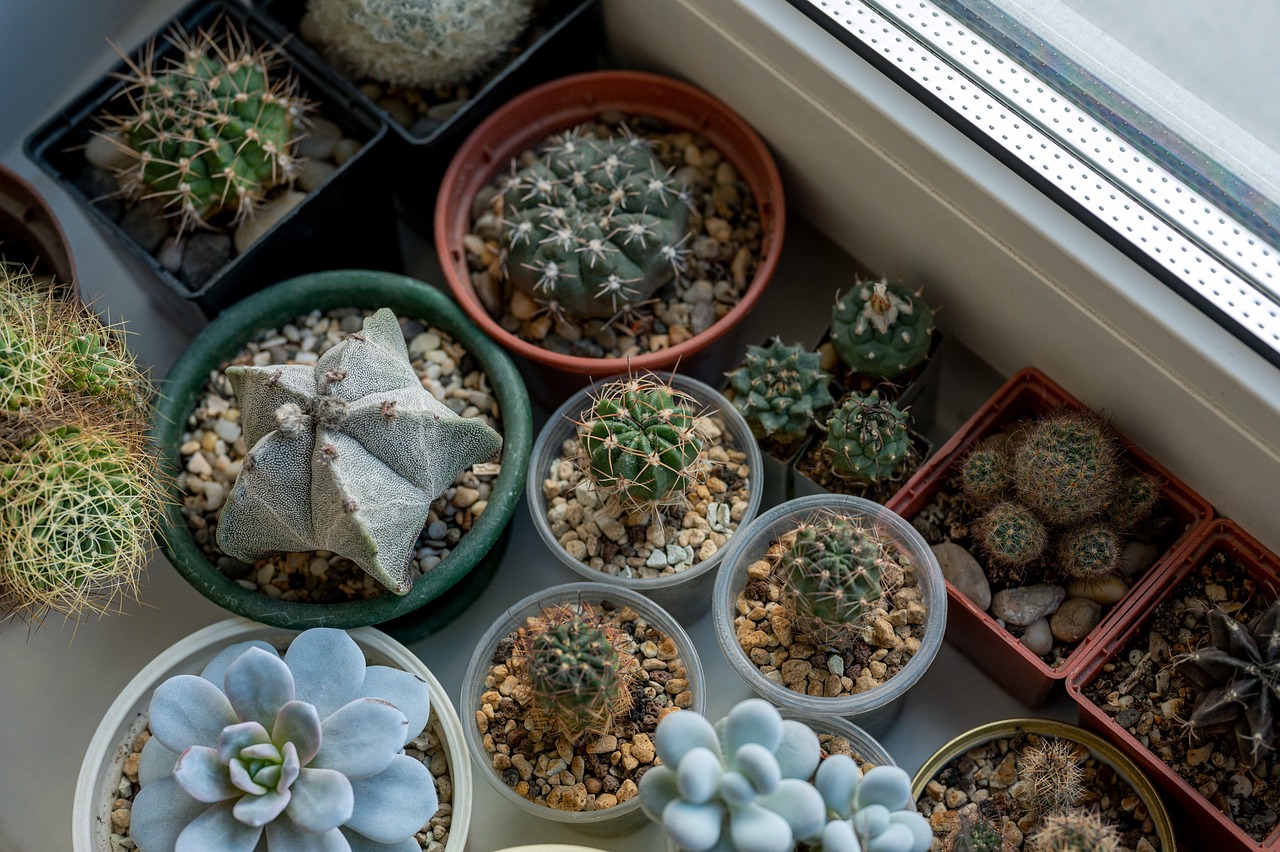
Watering and Feeding Your Herbs
When it comes to nurturing your indoor herb garden, proper watering and feeding are essential for the health and vitality of your herbs. Finding the right balance between hydration and nutrition is key to ensuring your herbs thrive in an indoor environment.
Watering your herbs should be done judiciously; overwatering can lead to root rot, while underwatering can cause wilting and stunted growth. It's crucial to check the moisture levels of the soil regularly and adjust your watering schedule accordingly. Different herbs have varying water requirements, so it's important to understand the specific needs of each herb in your garden.
Feeding your herbs with a balanced fertilizer is like providing them with a gourmet meal. Just like humans need nutrients to stay healthy, herbs require essential minerals to grow robustly. Choosing a high-quality, organic fertilizer will ensure that your herbs receive the necessary nutrients without the risk of chemical buildup in the soil.
Consider creating a feeding schedule based on the growth stage of your herbs. Young herbs may need more frequent feeding to support their rapid growth, while established plants may require less frequent fertilization. Observing the appearance of your herbs can also guide you in adjusting your feeding regimen; yellowing leaves or slow growth may indicate a need for more nutrients.
Another crucial aspect of herb care is maintaining proper soil moisture levels. Herbs prefer well-draining soil that allows excess water to escape easily, preventing waterlogged conditions that can lead to root problems. Using containers with drainage holes is essential to prevent water from accumulating at the bottom and causing root rot.
Remember, just like humans, herbs need a balanced diet and adequate hydration to flourish. By mastering the art of watering and feeding your indoor herbs, you'll be rewarded with a bountiful harvest of flavorful and aromatic herbs all year round.
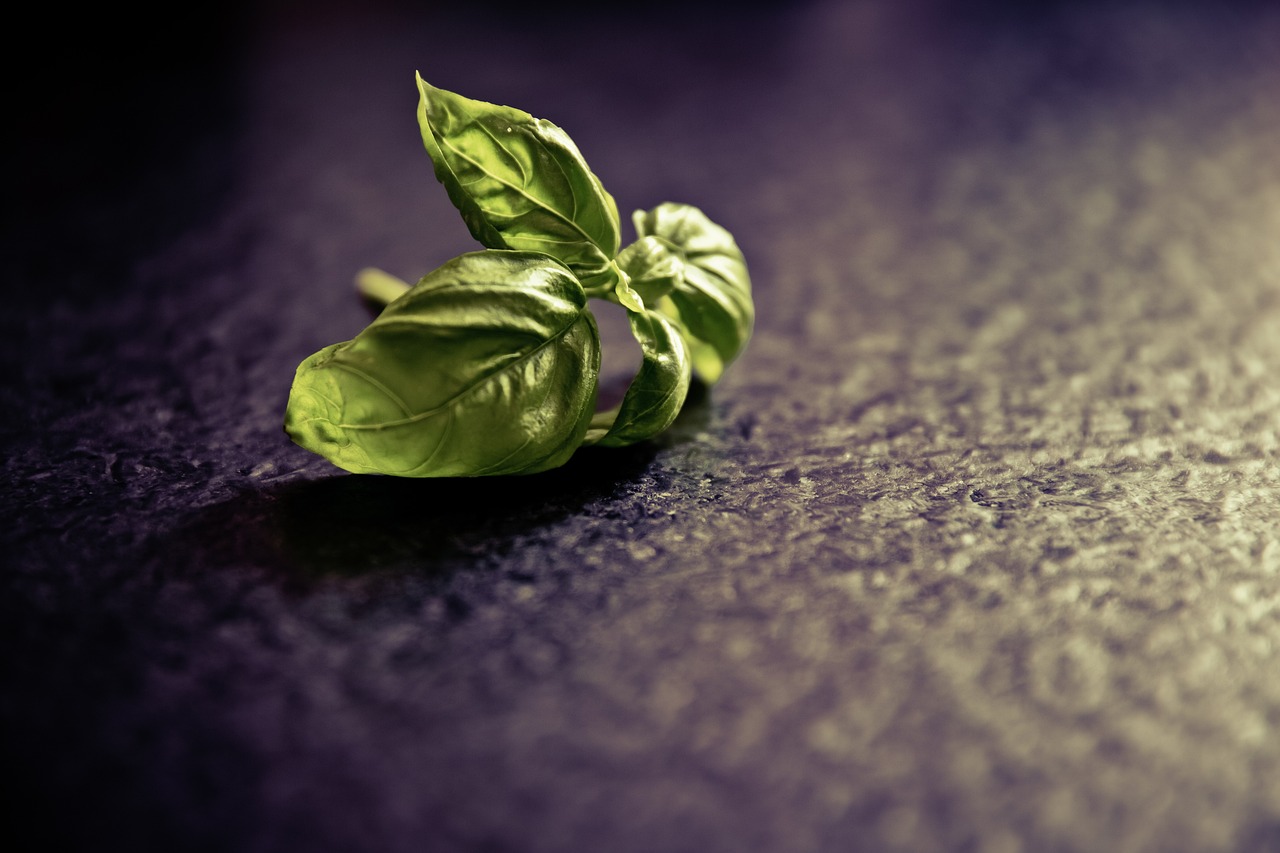
Pruning and Harvesting Techniques
Tips and techniques for successfully cultivating herbs indoors throughout the year
When it comes to maintaining a thriving indoor herb garden, understanding the proper techniques for pruning and harvesting is essential. Pruning your herbs is like giving them a fresh haircut - it encourages new growth and helps maintain the plant's shape and health. Regular pruning prevents herbs from becoming leggy and encourages bushier growth, ensuring a bountiful harvest.
Harvesting your herbs at the right time is crucial for flavor and plant vitality. Different herbs have varying harvesting methods, such as cutting stems, pinching leaves, or trimming whole branches. The key is to harvest frequently but not excessively, allowing the plant to continue growing and producing fresh leaves for your culinary creations.
Consider creating a pruning and harvesting schedule based on the growth rate of your herbs. Some herbs may require more frequent pruning, while others can be harvested sparingly. By staying proactive with your pruning and harvesting techniques, you can enjoy a continuous supply of fresh herbs throughout the year.
Do herbs need direct sunlight to thrive indoors?
How often should I water my indoor herbs?
What are some common pests that affect indoor herbs, and how can I control them?
Is it possible to grow herbs from seeds indoors?

Pest and Disease Management
Tips and techniques for successfully cultivating herbs indoors throughout the year
When it comes to growing herbs indoors, dealing with pests and diseases is a crucial aspect of maintaining a healthy garden. One common pest that can wreak havoc on indoor herbs is the spider mite. These tiny pests thrive in dry conditions and can quickly infest your plants if left unchecked. To combat spider mites, regularly mist your herbs with water to increase humidity and keep the spider mites at bay. Additionally, introducing natural predators like ladybugs can help control the infestation without the need for harmful chemicals.
Another common issue that indoor herb growers face is powdery mildew, a fungal disease that appears as a white powdery substance on the leaves of plants. To prevent powdery mildew, ensure good air circulation around your herbs by placing them in a well-ventilated area. If your herbs do become infected, remove the affected leaves immediately to prevent the spread of the disease. You can also use a mixture of water and baking soda as a natural fungicide to combat powdery mildew effectively.
When it comes to disease management, prevention is key. Always inspect your herbs regularly for any signs of pests or diseases, and take prompt action to address any issues that arise. By maintaining a clean and healthy growing environment, you can minimize the risk of pest infestations and diseases affecting your indoor herb garden.
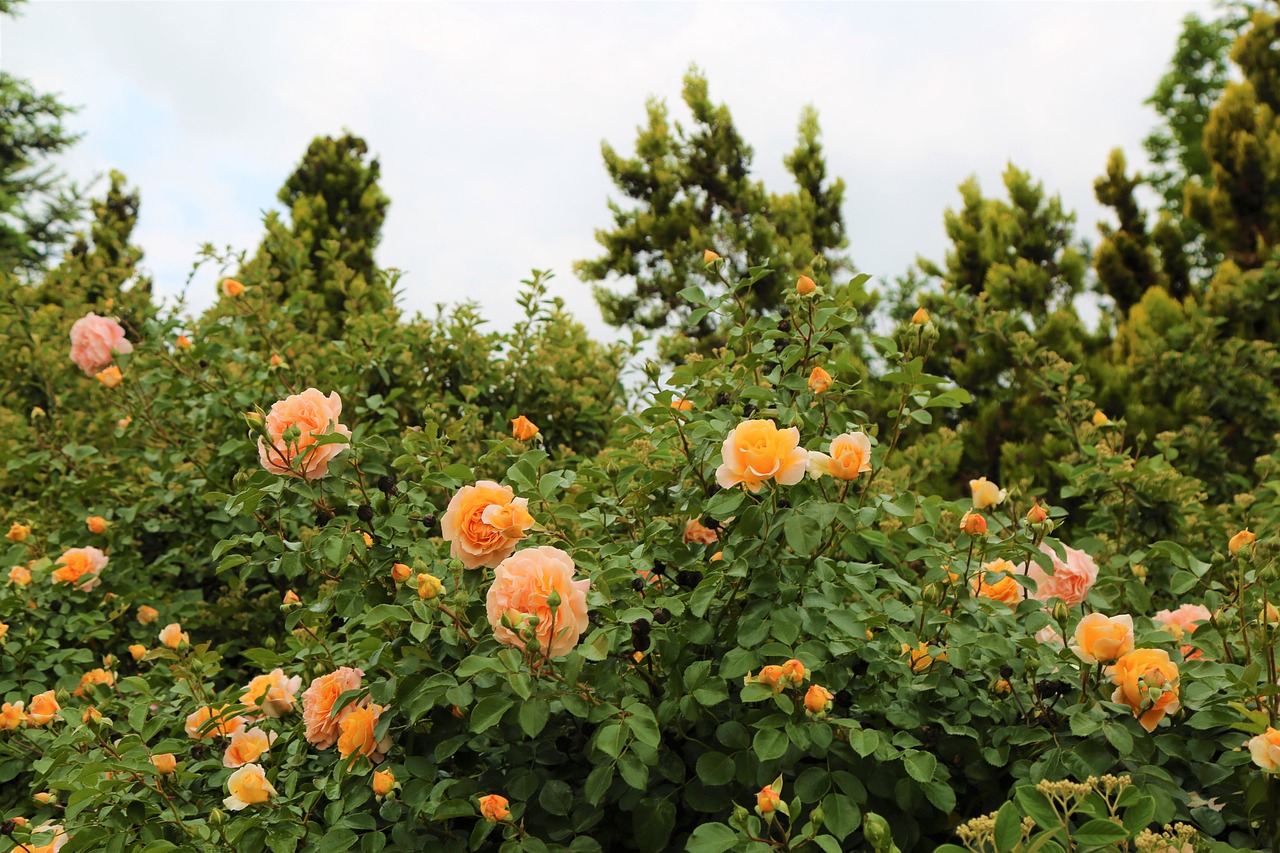
Rotating Herb Crops
Rotating herb crops is a vital practice in indoor herb gardening to ensure the long-term health and productivity of your plants. Just like rotating crops in outdoor gardens helps maintain soil fertility and reduce pest problems, rotating herb crops indoors is equally important. By changing the location of your herbs within your indoor garden regularly, you can prevent the depletion of nutrients in the soil and minimize the risk of diseases that may affect specific herbs.
When rotating herb crops, consider the specific needs of each herb variety. Some herbs may require more sunlight or moisture than others, so it's essential to group them accordingly. For example, herbs that thrive in bright light should be placed in a sunny spot for a few weeks before being moved to a slightly shadier area to allow other herbs to benefit from the light exposure.
Additionally, rotating herb crops can help break the life cycles of pests that may target certain herbs. By moving herbs to different locations, you disrupt pest habitats and reduce the likelihood of infestations. This practice also allows the soil to recover from the nutrient depletion caused by continuous cultivation of the same herbs in the same spot.
To effectively rotate herb crops, keep a record of the placement and growth of each herb in your indoor garden. This will help you track the duration of each herb's stay in a particular location and plan the rotation schedule accordingly. Regularly inspect your herbs for signs of stress, nutrient deficiencies, or pest damage to determine when it's time to rotate them to a new spot.
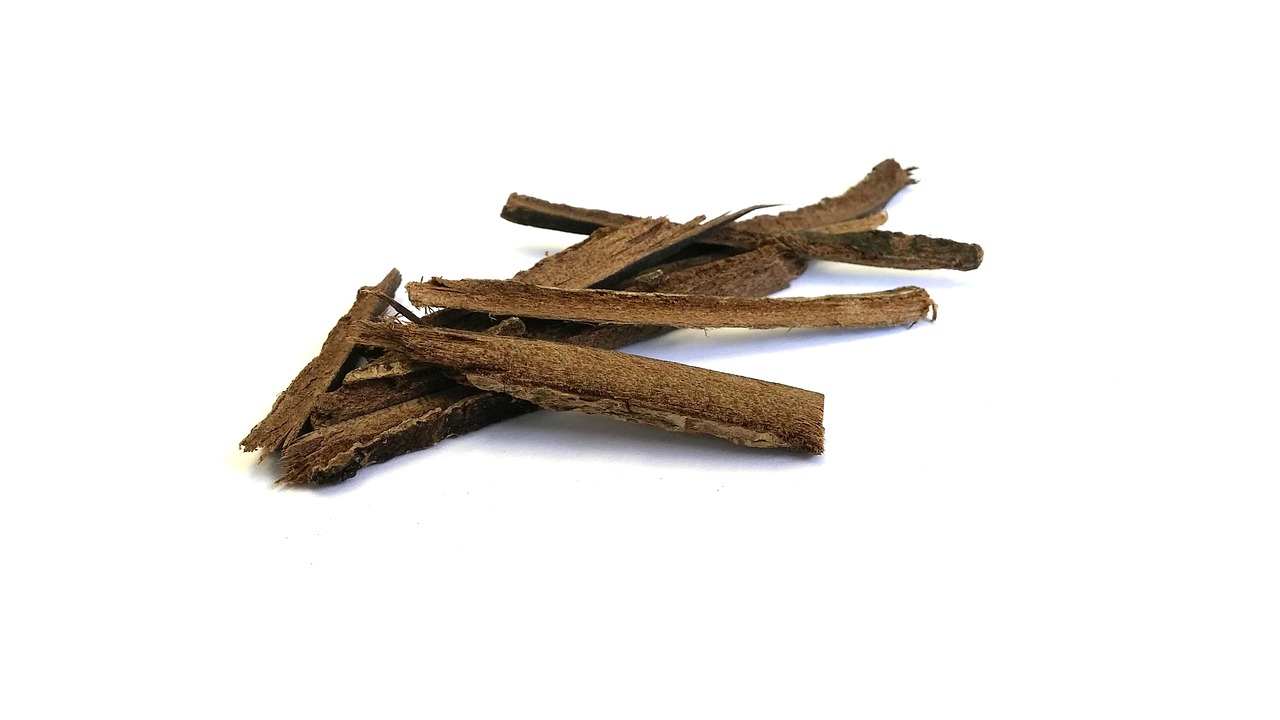
Expanding Your Indoor Herb Garden
So, you've successfully started your indoor herb garden and now you're looking to take it to the next level. Expanding your indoor herb garden can be an exciting journey filled with new possibilities and flavors. Whether you're a seasoned gardener or just starting out, there are several ways you can enhance your herb garden and experiment with new varieties to elevate your culinary creations.
One way to expand your indoor herb garden is by introducing new herbs to your collection. Consider adding herbs that you haven't grown before to bring diversity to your garden. Experimenting with different flavors and scents can open up a world of culinary possibilities. Research the growing requirements of new herbs to ensure they will thrive in your indoor environment.
Another way to expand your indoor herb garden is by increasing the variety of herbs you already grow. If you have been successful with a few basic herbs, such as basil, parsley, and mint, consider branching out to more exotic varieties like lemongrass, Thai basil, or lavender. This can add depth and complexity to your dishes and provide you with a wider range of flavors to work with.
Creating a designated herb garden area within your home can also help you expand your indoor herb garden. By setting up a specific space for your herbs, you can better organize and care for your plants. This can include using shelving units, hanging planters, or a dedicated herb garden kit to optimize space and ensure each herb gets the attention it needs.
Additionally, you can explore different growing techniques to expand your indoor herb garden. Consider trying hydroponic or aquaponic systems to grow herbs without soil, or experiment with vertical gardening to maximize space. These innovative methods can not only help you expand your herb garden but also add a unique touch to your indoor space.
Remember, expanding your indoor herb garden is a journey that requires patience, experimentation, and a love for growing plants. Embrace the process of trying new things, learning from your experiences, and watching your herb garden flourish. With dedication and a bit of creativity, you can create a thriving indoor herb garden that enhances your culinary adventures and brings a touch of freshness to your home.
Frequently Asked Questions
- Can I grow herbs indoors all year round?
Absolutely! With the right conditions and care, you can successfully grow herbs indoors throughout the year. Make sure to provide adequate light, proper watering, and suitable containers to create a thriving indoor herb garden.
- What are the best herbs to grow indoors?
Herbs like basil, mint, parsley, chives, and thyme are excellent choices for indoor cultivation. These herbs adapt well to indoor environments and can enhance your culinary creations with fresh flavors.
- How often should I water my indoor herbs?
The watering frequency for indoor herbs can vary based on factors like humidity levels, pot size, and plant species. Generally, it's recommended to water when the top inch of soil feels dry to the touch, ensuring that the roots receive adequate moisture without becoming waterlogged.
- What are some common pests and diseases that affect indoor herbs?
Common pests that may infest indoor herbs include aphids, spider mites, and whiteflies, while diseases like powdery mildew and root rot can also impact herb plants. Regular monitoring, proper ventilation, and timely intervention can help manage these issues effectively.
- How can I expand my indoor herb garden?
You can expand your indoor herb garden by experimenting with new herb varieties, utilizing vertical gardening solutions, or incorporating hydroponic systems for efficient herb cultivation. Get creative with your space and explore different techniques to enhance your indoor herb gardening experience.















